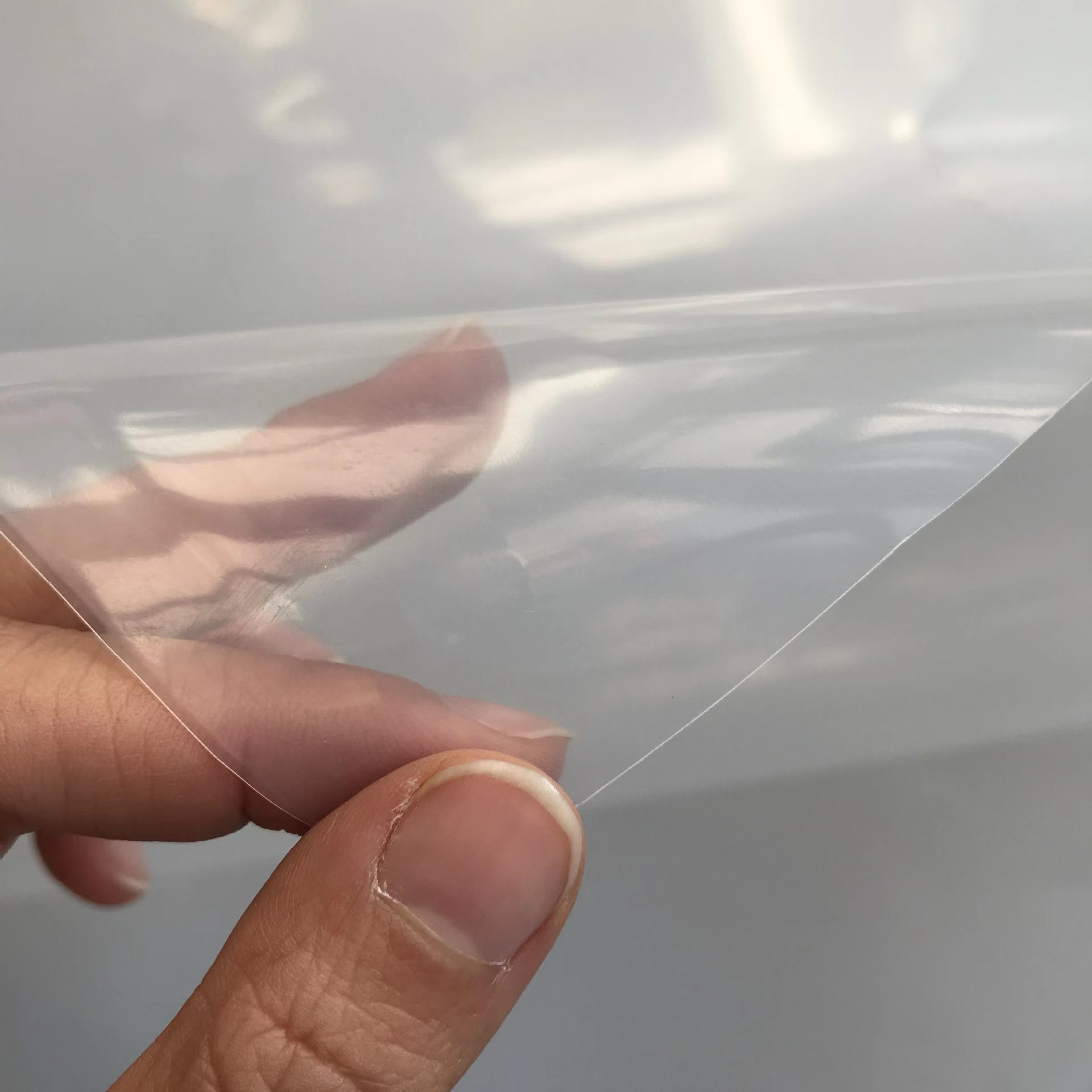Maintaining clear and bright greenhouse plastic sheeting is essential for gardeners in California who rely on their structures year-round for healthy plant growth. Clean, well-maintained sheeting ensures optimal sunlight penetration, crucial for strong plants and high yields. Let’s walk through everything you need to know organized through what, which, who, where, why, when, how, and whose — about keeping your greenhouse cover in top shape.
What Is Greenhouse Plastic Sheeting?
Greenhouse plastic sheeting is a specialized plastic material designed to cover greenhouses, protecting plants from the elements while letting in necessary sunlight. Unlike simple polyethylene plastic, greenhouse plastic is UV-treated, durable, and engineered to enhance light diffusion and retention. High-quality plastic sheeting not only shields plants from rain and wind but also moderates temperatures inside, creating an ideal microclimate.
In 2025, manufacturers have improved plastic formulas, offering coatings that resist dust accumulation and are more effective against UV degradation a critical feature for California’s intense sun exposure.
Which Types of Greenhouse Covers Need the Most Attention?
All greenhouse covers require maintenance, but some materials are more prone to dirt, algae, and UV damage than others.
Single-layer polyethylene films, the most common and economical choice, require the most frequent cleaning. Double-walled (twin-wall) polyethylene and newer polycarbonate panels are more resistant but still benefit from regular upkeep to stay clear and effective.
No matter the material, clarity equals efficiency. Dull, dirty sheeting can cut sunlight transmission by as much as 30%, directly impacting plant health and productivity.
If you’re looking for durable, high-quality covers, visit greenhouse cover specialists who offer materials specifically suited to California’s environment.
Who Should Maintain Greenhouse Plastic Sheeting?
Whether you run a commercial nursery, manage a community garden, or tend a backyard greenhouse, regular maintenance falls on the shoulders of the greenhouse owner or caretaker.
In larger operations, designated staff should be trained in proper cleaning techniques to avoid accidental damage. For home gardeners, keeping the greenhouse cover clean becomes part of regular gardening tasks, much like weeding or checking irrigation systems.
Where Does Most Dirt and Damage Occur?
In California, several environmental factors target greenhouse sheeting:
Dust and Pollen: Especially during dry, windy seasons in areas like the Central Valley and Southern California.
Coastal Salts: Along the coast, salt carried by the marine air can accumulate on covers, dulling clarity and corroding materials.
Algae Growth: Moist, shaded corners and the lower edges of the greenhouse are prone to algae buildup.
UV Damage: With over 280 sunny days annually in many parts of California, UV rays weaken plastics over time.
Focusing cleaning efforts on these problem areas ensures your entire structure remains bright and functional.
Why Is It Important to Keep It Clear and Bright?
Light is the lifeblood of a greenhouse. Plants depend on photosynthesis to grow, and that process relies entirely on sufficient light. Dirty or degraded plastic blocks light, leads to leggy, weak plants, and can cause temperature inconsistencies inside the greenhouse.
Additionally, clear sheeting maximizes the efficiency of any heating systems in place during California’s cooler months. Clean surfaces also prevent the buildup of fungi and pests that thrive in shaded, damp conditions.
Moreover, investing in sun protection for plants products can add an extra layer of defense, keeping your greenhouse cooler during scorching summer days and extending the life of your sheeting.
When Should You Clean Greenhouse Plastic Sheeting?
Timing is everything. Ideally, you should deep-clean your greenhouse cover:
Twice Annually: Once in early spring and once in late fall.
After Major Weather Events: Following heavy winds, dust storms, or wildfires (common in parts of California), immediate cleaning is crucial.
During Visible Dirt Buildup: If you notice visible algae, dust, or sap buildup, don’t wait for your scheduled clean — act promptly.
Starting a routine maintenance schedule in 2025 is even more critical, given that weather patterns have become increasingly unpredictable, with hotter summers and more frequent wind events.
How to Keep Your Greenhouse Plastic Sheeting Clear and Bright
Use the Right Cleaning Solutions
Avoid harsh chemicals like bleach, which can weaken plastic over time. Instead, use a mild soap and water mixture or commercial greenhouse cleaners designed specifically for polyethylene surfaces.
Gentle Tools Are Key
Soft cloths, sponges, and non-abrasive brushes prevent scratching the surface. Avoid high-pressure washers that can stretch or tear the plastic.
Work Top to Bottom
Always start cleaning from the top down. This method ensures that dirty water runs off onto still-dirty sections, not newly cleaned areas.
Check for Damage
While cleaning, inspect for small tears or punctures. Repair them immediately with greenhouse patch tape to prevent them from worsening.
Rinse Thoroughly
Any soap residue left on the surface can attract dirt faster, so make sure to rinse the plastic thoroughly with clean water.
Apply Protective Coatings
Consider using UV-resistant sprays available at specialty stores to prolong the life of your greenhouse cover after cleaning.
Manage Surroundings
Trim trees and bushes nearby to minimize debris falling onto the greenhouse. Installing gravel paths around the structure can reduce dust kicked up by foot traffic.
Whose Responsibility Is It to Replace Old or Damaged Covers?
Ultimately, it’s up to the greenhouse owner to decide when it’s time for a new greenhouse plastic sheeting installation. Most high-quality polyethylene sheeting lasts between 4-6 years in California’s climate if properly maintained.
Signs it’s time for replacement include:
Yellowing or brittleness
Frequent tears even after small impacts
Noticeable loss of light transmission
Thankfully, the latest generation of greenhouse covers available in 2025 are more resilient than ever. Companies like greenhouse cover offer advanced materials tailored to withstand California’s harsher conditions, making it easier than ever to upgrade your greenhouse when needed.
Keeping your greenhouse plastic sheeting clear and bright is about more than just aesthetics — it’s an essential part of successful greenhouse gardening. With a consistent maintenance schedule, the right materials, and the newest protective products, you’ll ensure your plants thrive year after year under a bright, welcoming sky.









